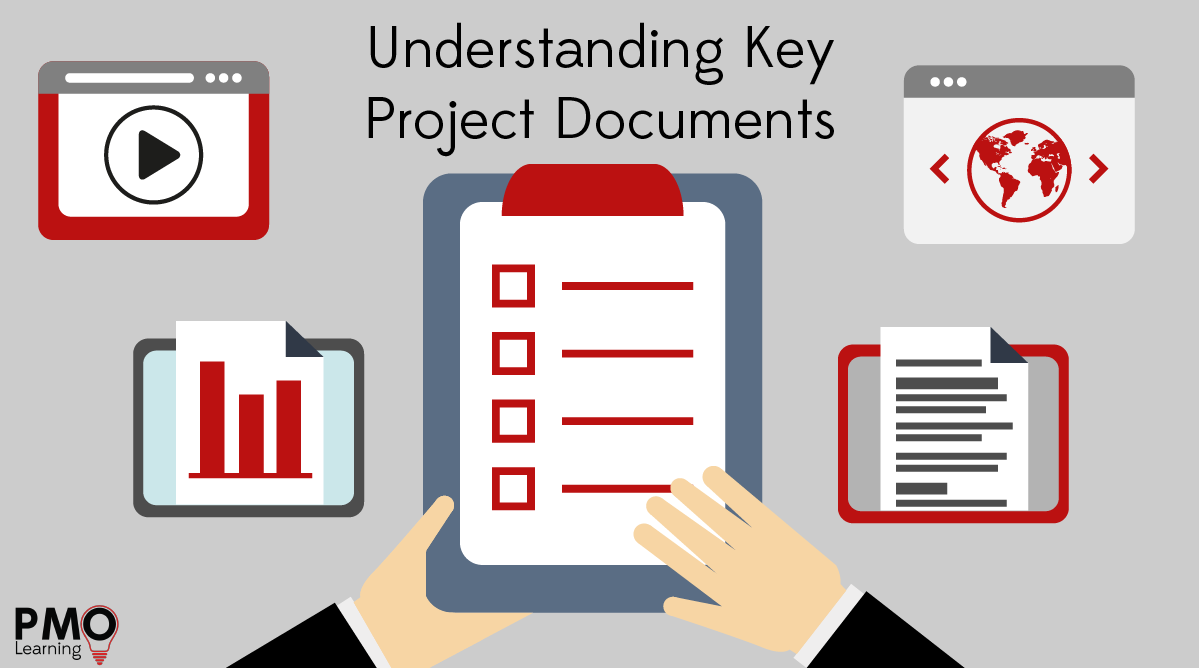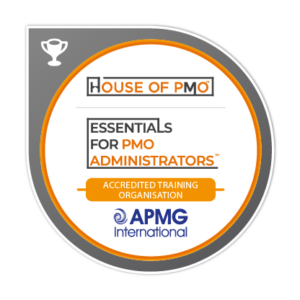
We’re going to be taking a closer look at some of they key documents that you may come across when working in a project environment, as outlined in the Essentials for PMO Administrators course. Let’s take a look at 8 of the most common…

A daily log is a personal document that records information that is not stored in any of the other defined documents. It is primarily a diary of events that its owner can use as an aide memoire of conversations and decisions. It can also be a note of ideas or comments that will need to be recorded elsewhere at some point in time. For example, an initial thought about a new risk or an idea for a lesson to be recorded.

The content of the Brief is drawn from the Mandate and is supplemented by additional information gained through research in the identification process, to establish the context of the project or programme. During the definition process, each section of the Brief will be used as a basis for development of multiple specialist documents. The version of the brief used for authorisation will be archived.

The Definition Plan is based on the general delivery plan format and adapted to suit the context of the work. Since this plan only exists in conjunction with a project or programme brief, its content can be simplified to avoid duplication.

The stakeholder register records information about individuals and groups who have an interest in the work being performed. This may include titles, contact details, area/levels of interest, their influence, communications log, cross references and any other supporting information.

The Business Case is the central document to a project or programme life cycle. The reason for defining a life cycle with phases, tranches and/ or stages is to enable go/ no go decisions to be made that prevent wasted investment. These decisions are based primarily on the viability of the business case.This includes the context, assumptions, constraints, dependencies, scope, schedule, risks, resources, stakeholders, justifications, as well as rejected options.

The Progress Reports contains the following information: Date, Period, Summary, This reporting period, Scope, Schedule, Finance, Risk, Resource, Change, Stakeholders, Next reporting period, Tolerances status and Lessons report.

The need for an organisation management plan increases as the complexity of the work increases.This may include: policy (Introduction, Roles and responsibilities, Information management, Assurance, Budget, Interfaces) and procedure (Design, Identify, Maintain)

Control is one of the central function of P3M. It is concerned with performing work in accordance with delivery documents and updating them based on actual performance. This may include roles and responsibilities, information management, budgets and interfaces as well as procedures.
If you’re looking to find out more about working in project environments, are new to the PMO, a recent graduate or looking to begin a career in projects, the Essentials for PMO Administrators course is for you!
Enjoying Our Blog?
Sign up and receive all our articles (we’ll send you an update once a week!) plus special offers and events:











